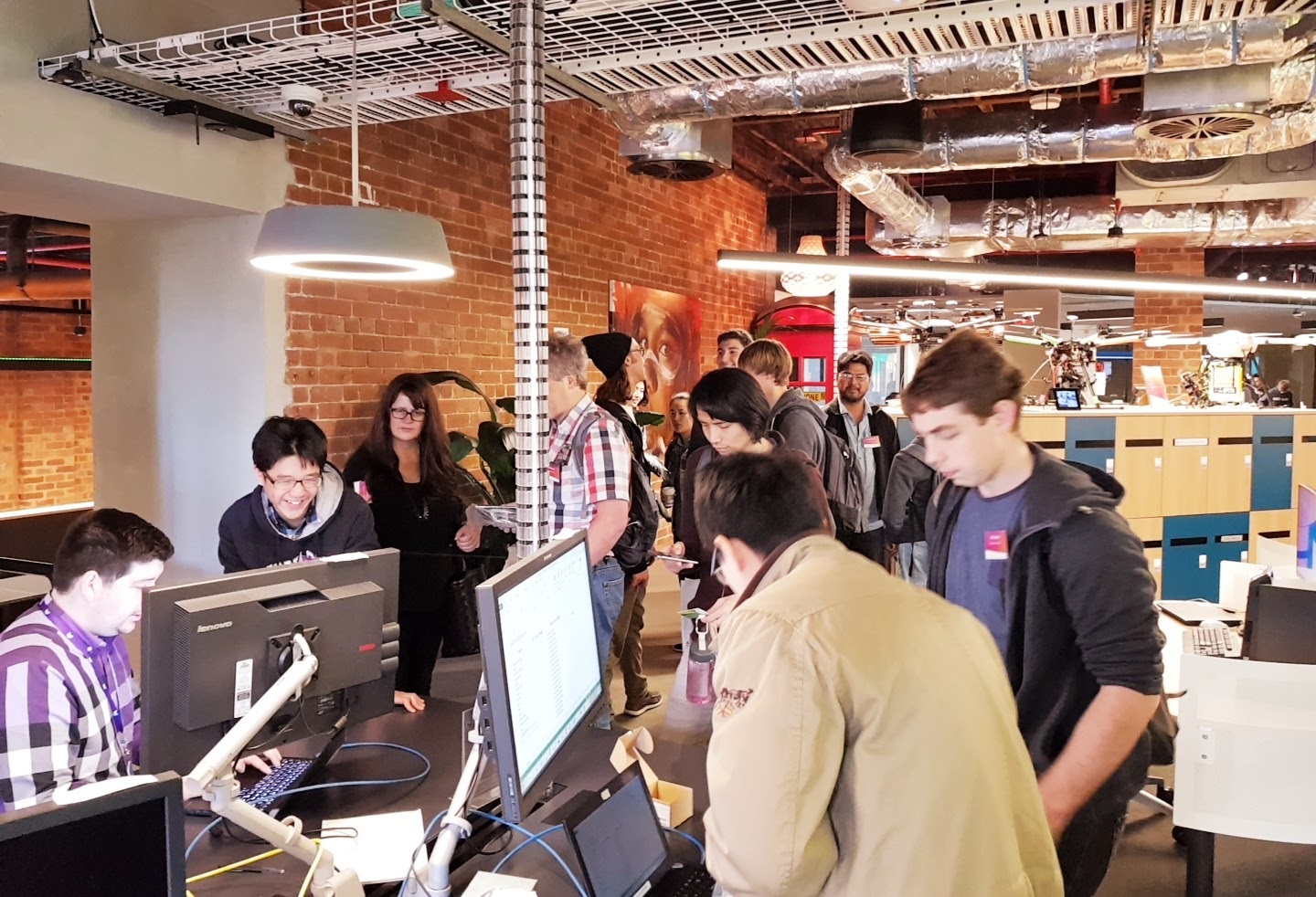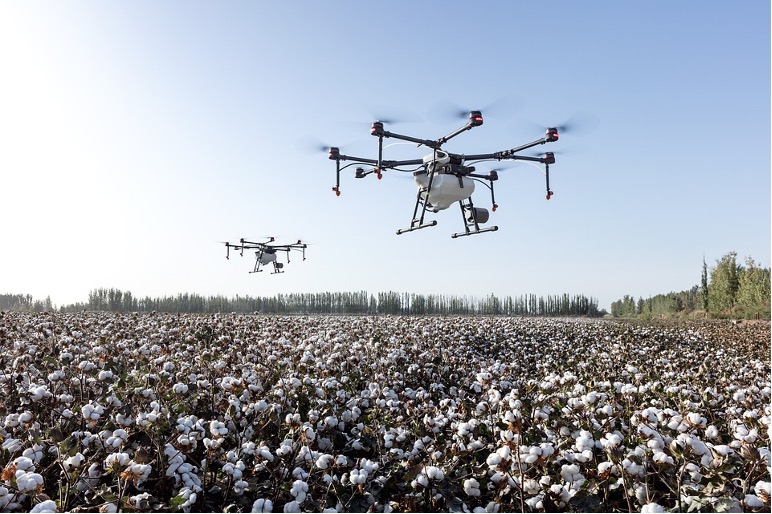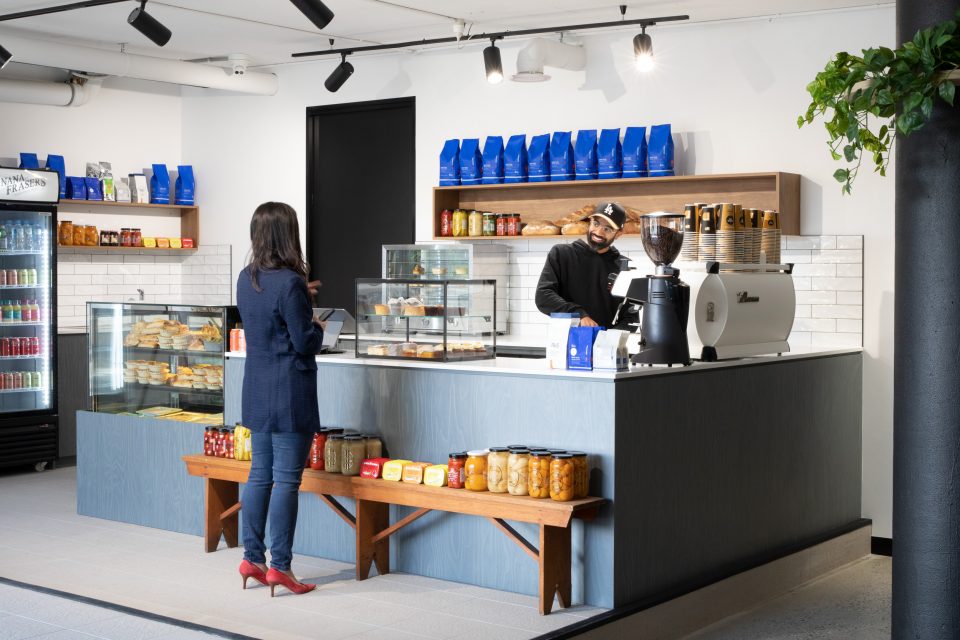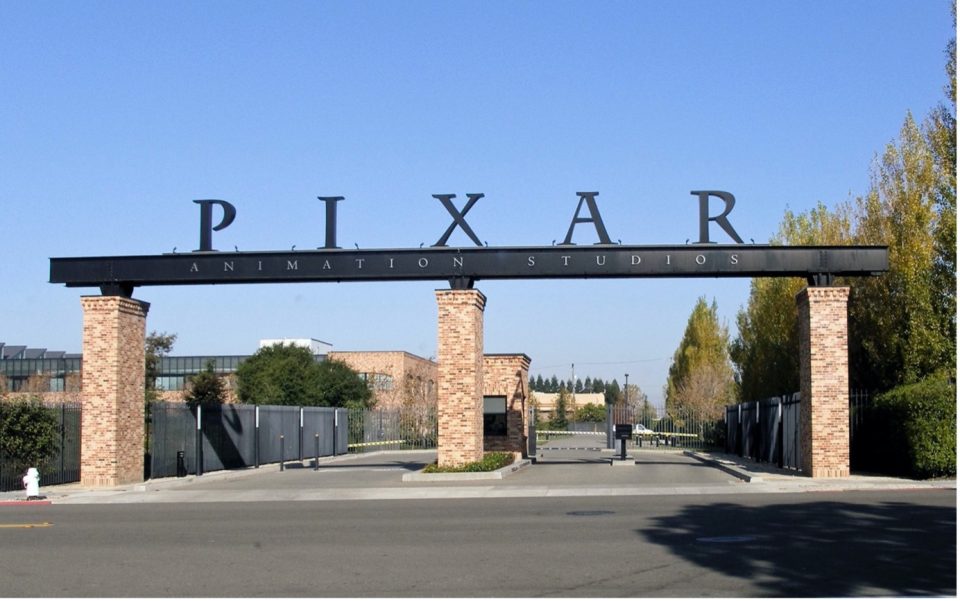The Power Of The Innovation Lab

“A centre of gravity that brings together strategy, customer, innovation and experience in a way that helps to connect the dots and provide a deeper understanding of disruption.”
– KPMG on their innovation lab
WeWork describes innovation labs as company offshoots, “entirely dedicated to the pursuit of new ideas, products, and services.”
Basically, they are a playground to mess around with novel ideas, with the purpose of disruption.
Today, innovation labs are rapidly proliferating, viewed as essential through their contributions to society or amelioration of business operations. An article by Collective Campus underscores this growth, across a sea of industries.
“More recently, innovation labs have been launched across industries such as hospitality (Marriott), financial services (DBS) and insurance (IAG). Even the NBA is jumping (pardon the pun) onboard with the Philadelphia 76ers launching their own innovation lab.”
– Collective Campus
Brands to the likes of Starbucks have jumped on this trend, with the intention of fast-tracking new products, understanding market trends, and forming solutions for customers, as highlighted by WeWork. For example, UNHCR formed innovation labs of its own, as part of an innovative approach to tackle complex refugee challenges. UNHCR follows a collaborative work model, whereby the labs belong to their respective in-house division. For example, “the Learn Lab is run together with the Division of International Protection’s Education Unit.” In 2014, the Learn Lab reached a stage of maturity, enabling it to be positioned closer to the field of concern in Nairobi. Here, we see how innovation labs are epicentres for hypothesising solutions to society’s perturbations.

In 2017, Telstra launched Australia’s first public IoT innovation lab, “opening up its infrastructure expertise and resources to burgeoning start-ups,” as stated in the Australian Financial Review.
“We’re experts in the network part of it, but not in all the applications that run on top such as agricultural applications, power distribution applications or logistics applications … and they are not experts in networks, so we needed a meeting place and this is that meeting place.”
–Telstra chief technology officer Hakan Eriksson – AFR
In 2015, Telstra hosted an IoT challenge at their Melbourne-based Gurrowa Innovation Lab. Essentially, as highlighted by AFR, this was a “week-long challenge to design solutions for some of the city’s biggest problems, including traffic congestion.” The overall intention of this endeavour was to enhance Melbourne’s liveability… to “connect the physical experience of Melbourne with the digital and take it a step further,” as elucidated by City of Melbourne’s chief digital officer Michelle Fitzgerald.
Connecting physical with digital is a throughline that ties innovation labs to each other. For example, Oracle’s Innovation Lab is an astute example of the power of technology. As stated on their website, “The Oracle Industries Innovation Lab is a simulated worksite demonstrating the transformative power of the internet of things (IoT)…”

As outlined by Oracle, “sensors collect and benchmark performance data, AI and machine learning algorithms assess risk, schedule tasks, coordinate activities, adjust plans in real time, and report progress to stakeholders.”
If a worker was to take a tumble, for example, wearable sensors would alert first responders with the worker’s vitals and exact location. This site is just one example of the impetus these labs place on experimentation. Simone Bhan Ahuja in Harvard Business Review addresses the rigidity of firms or high regulation of industries, as counters to this type of experimentation. This is applicable to Oracle. Therefore, as Bhan Ahuja stresses, innovation labs are an important investment under these circumstances.
Bhan Ahuja affirms the frequency of innovation labs today across all companies, whether it’s “a conference room with sticky notes or a 20,000-square-foot incubator space, like the one launched by Starbucks in November of last year.” In whatever form, “cells of innovation” must be found across an organisation, eliciting real change for a better future.
“Large organizations have just as much a right to play into that future, if not more so, than these kids in a garage somewhere that we’re scared of.”
– Kyle Nel, former executive director of Lowe’s Innovation Labs and faculty member at Singularity University – HBR
WHAT ARE YOU WAITING FOR?
Join the family & recharge your innovative mind, please call (03) 7064 9669 or email [email protected]




